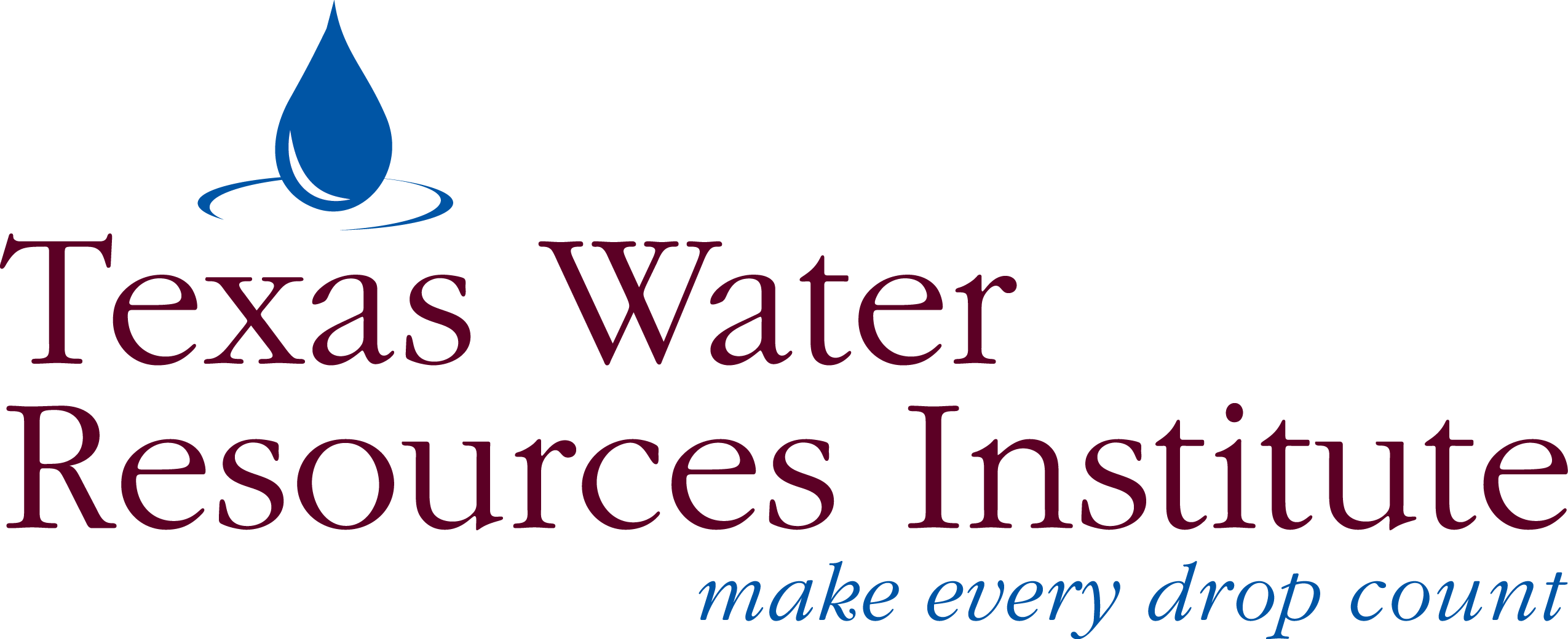The Texas Well Owner Network, TWON, will host water screenings in Brushy Creek Watershed June 12-13 for residents in Williamson and Milam counties.
Water samples will be screened for contaminants, including total coliform bacteria, E. coli, nitrate-nitrogen and salinity. There will be a $15 per sample fee for this program.
“The TWON program was established to help well owners become familiar with Texas groundwater resources, septic system maintenance, well maintenance and construction, and water quality and treatment,” said Joel Pigg, Texas A&M AgriLife Extension Service program specialist and TWON coordinator, Department of Soil and Crop Sciences, Bryan-College Station.
The program allows well owners to learn more about improving and protecting their community water resources.
Water sampling and meeting information
Williamson County: June 12, water samples can be dropped off from 8:30 - 10 a.m. at the Stiles Farm Foundation Headquarters, 5700 FM 1063, Thrall, or at the Williamson County AgriLife Extension Office, 100 Wilco Way, Suite Ag 201, Georgetown.
On June 13, the follow-up meeting “Well Educated” to explain water well basics, aquifer basics, septic systems, water treatment and the results of the water quality screenings will be from 1:00 p.m. until 5:00 p.m. at the Dickey Gross Community Center, 1015 E. MLK Jr Blvd, Taylor.
Sampling instructions
TWON provides instructions for taking an effective water sample:
- Use a new bottle of water, pour out the contents and fill it with a water sample from your private water well.
- Take the sample from the spigot/hose bib nearest to the well head. Remove the water hose if there is one and take directly from the spigot/hose bib. If an inside faucet is used, you will need to remove the aerator on the end of the faucet before making the collection.
- Rinse and dry the exterior of the faucet to prevent exterior contamination of your water sample. If possible, wipe off with a Clorox-type towelette or paper towel wetted with a light bleach solution to kill any bacteria present on the faucet. Allow the solution to dry before sampling. Turn on the water full force and let it run at full force for two minutes or until you hear the pump start running. Reduce the water flow to a small stream.
- Refrigerate the sample and transport it to a drop-off location (in an ice chest) as soon after collection as possible. Make sure the sample is kept cool and out of direct sunlight.
- A sample should be collected within 24 hours before the screening to ensure accurate results.
Pigg encourages attendees to bring samples from all wells on their property, because many participants who have water treatment equipment take samples before and after treatment to make sure the equipment is functioning properly. Attendees also need to label the sample with their name (if you bring more than one sample, you also need to label the sample in some way to make sure you know which well the sample comes from).
Private water wells should be tested annually, he said.
Pigg said it is essential for those submitting samples to be at the appropriate follow-up meeting to receive results, learn corrective measures for identified problems and improve their understanding of private well management.
Well water contaminant concerns
Pigg said research shows the presence of E. coli bacteria in water indicates that waste from humans or warm-blooded animals may have contaminated the water. Water contaminated with E. coli is more likely to also have pathogens that can cause diarrhea, cramps, nausea or other symptoms.
The presence of nitrate-nitrogen in well water is also a concern, and water with nitrate-nitrogen at levels of 10 parts per million is considered unsafe for human consumption, he said.
“These nitrate levels above 10 parts per million can disrupt the ability of blood to carry oxygen throughout the body, resulting in a condition called methemoglobinemia,” Pigg said. “Infants less than 6 months of age are most susceptible to this.”
Salinity, as measured by total dissolved solids, will also be determined for each sample, he said. Water with high levels may leave deposits and have a salty taste. Using water with high levels for irrigation may damage soil or plants.
To learn more about the programs offered through the network or to find additional publications and resources, visit twon.tamu.edu. For more information on the water screening contact Pigg at 979-321-5946 or j-pigg@tamu.edu.
The screenings are presented by AgriLife Extension and Texas Water Resources Institute, TWRI, in partnership with the AgriLife Extension office in Williamson County.
Funding for TWON is through a Clean Water Act Section 319(h) nonpoint source grant provided by the Texas State Soil and Water Conservation Board and the U.S. Environmental Protection Agency. The project is managed by TWRI, a Texas A&M AgriLife Research unit that combines expertise across The Texas A&M University System.


